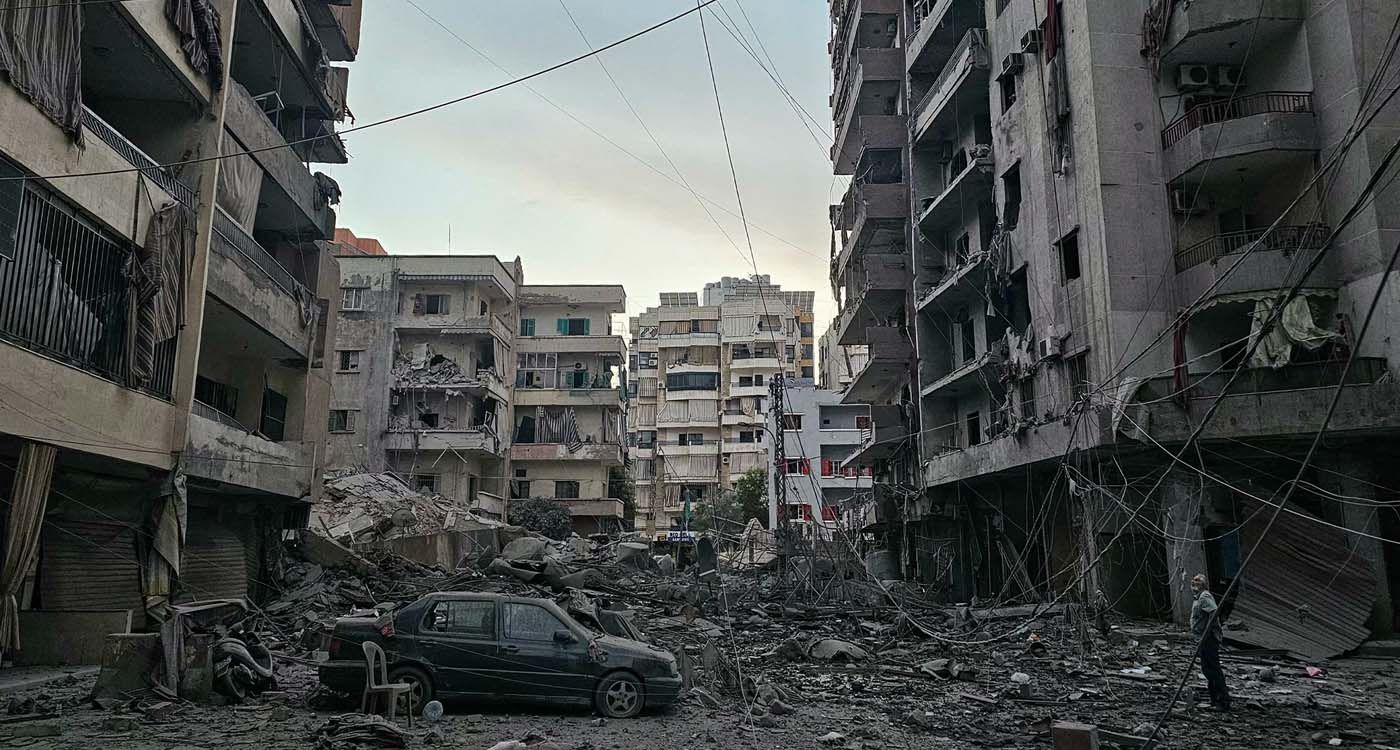
The older generations will remember this iconic sketch by the French trio of humorists Les Inconnus. It spoofed a television news broadcast where a journalist tried to explain the situation in Lebanon. A masterpiece of absurdity, reflecting how, back in the 1980s, no one could make sense of the war in Lebanon anymore.
And therein lies the issue: global attention quickly wanes when conflicts drag on and defy familiar reference points. This is happening again. The current war in Lebanon is no longer front-page news. A journalist friend at a major Paris newsroom told me that his editors were reluctant to send him on assignment to Beirut because the situation was “stalling.” Destruction, airstrikes, casualties, refugees, ceasefire talks—only to end up back at square one. For the Lebanese, the catastrophe is a daily reality; for the rest of the world, it becomes “normal.” And this normalization can last a very long time.
Lebanon is gradually fading from the headlines. In global media, one story quickly replaces another—it’s the natural order. Meanwhile, the Lebanese endure the relentless rhythm of bombings, abrupt awakenings and constant updates that remind them there is no way out of this madness they never asked for in the first place.
Under these circumstances, it could take months upon months for the nightmare to end—if it ever does. Tensions and fighting can flare up or die down without any real reason in a conflict that seems endless, punctuated by spikes in violence and the emergence of new flashpoints.
Many agree that the situation is unlikely to change before Donald Trump’s inauguration on January 20. What happens next? Lebanon is far from being a priority for the new US president. More waiting lies ahead. Even if the American administration decides to intervene and halt the fighting, the details of any potential new agreement remain uncertain. At least a few more months of delay.
On October 8, 2023, Iran, through its Lebanese proxy Hezbollah, unleashed hell on tiny Lebanon and its people—all in the name of the so-called “unity of fronts” with Gaza. A doctrine now dismissed by everyone, including Hezbollah, with no impact on the continuation of the fighting. Too little, too late. The same applies to the much-discussed Resolution 1701. The “Axis of Resistance” had long dismissed it, but it has now become the axis’ primary demand. Too little, too late.
Yet, the warnings were loud and clear. Many Lebanese figures have been calling for the implementation of the UN resolution since… 2006, but to no avail. It took over 3,500 deaths and destruction that will take the country decades to recover from before the pro-Iranian militia finally acknowledged that this is what they now want.
The same goes for the famous Blue Line marking the border with Israel. Before the conflict, there were 13 disputed points still to be resolved. This could have been addressed through negotiation. But no! Instead, the country had to be dragged into a war that wasn’t its own to begin with. Today, villages have been leveled and Israeli soldiers are inside Lebanon. Will they ever pull out? No one knows. For the “resistance,” this is a ready-made justification to maintain its arms against a new “occupation.” And the cycle starts anew.
Every wrong decision regarding the country has been made—without exception. The consequences are still hard to fully grasp, given their scale. How many more deaths will it take for the Iranian Revolutionary Guards and their sponsors to let go of Lebanon? Stalin once said that one death is a tragedy, a million is just a statistic. Let’s hope this phrase from the Soviet tyrant never reaches Tehran.





Comments